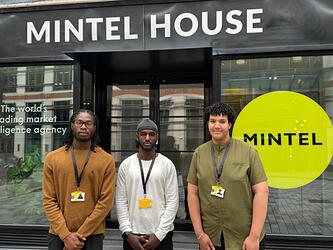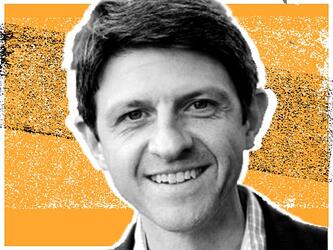‘Enhanced’ cell sample boasts better completion rate, says ReconMR
In a self-funded study, the company compared 200 completed surveys from each of three distinct samples – enhanced cellphone, RDD cellphone and landline.
In keeping with other studies, ReconMR found that both cellphone samples provided better demographic representation and a greater incidence of respondents aged 25 and under compared to landlines, which overrepresented older populations.
However, it found differences between the enhanced and standard cellphone samples in completion rates ( 12% versus 6%) and zip code accuracy ( 74% versus 10%).
Senior vice-president Sharon Munroe (pictured) said that while the cost per record for the enhanced cellphone sample is “significantly higher” than RDD cellphone or landline, “the greater efficiency of the sample requires fewer records to be purchased and lower interviewing labour to reach respondents”.
“This results in an overall cost per interview, including both sample cost and interviewing labour, utilising the enhanced cellphone sample that is 20%-30% less expensive than interviews utilising RDD cellphone sample or landline sample,” she said.

We hope you enjoyed this article.
Research Live is published by MRS.
The Market Research Society (MRS) exists to promote and protect the research sector, showcasing how research delivers impact for businesses and government.
Members of MRS enjoy many benefits including tailoured policy guidance, discounts on training and conferences, and access to member-only content.
For example, there's an archive of winning case studies from over a decade of MRS Awards.
Find out more about the benefits of joining MRS here.













0 Comments